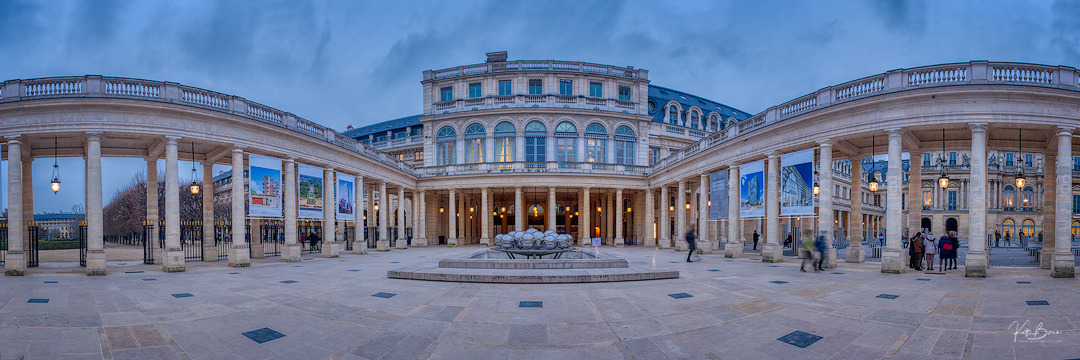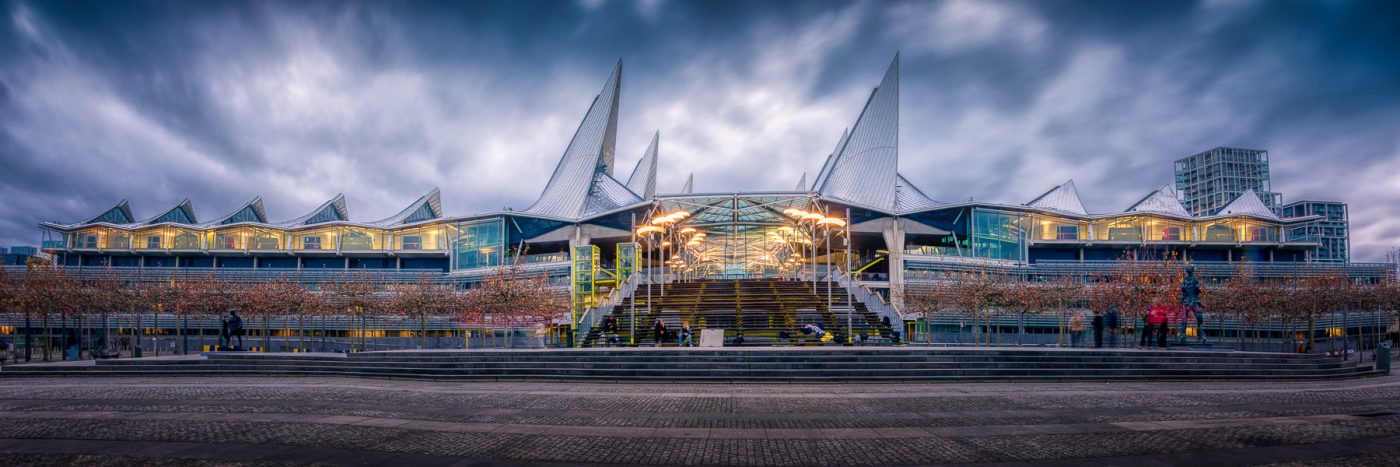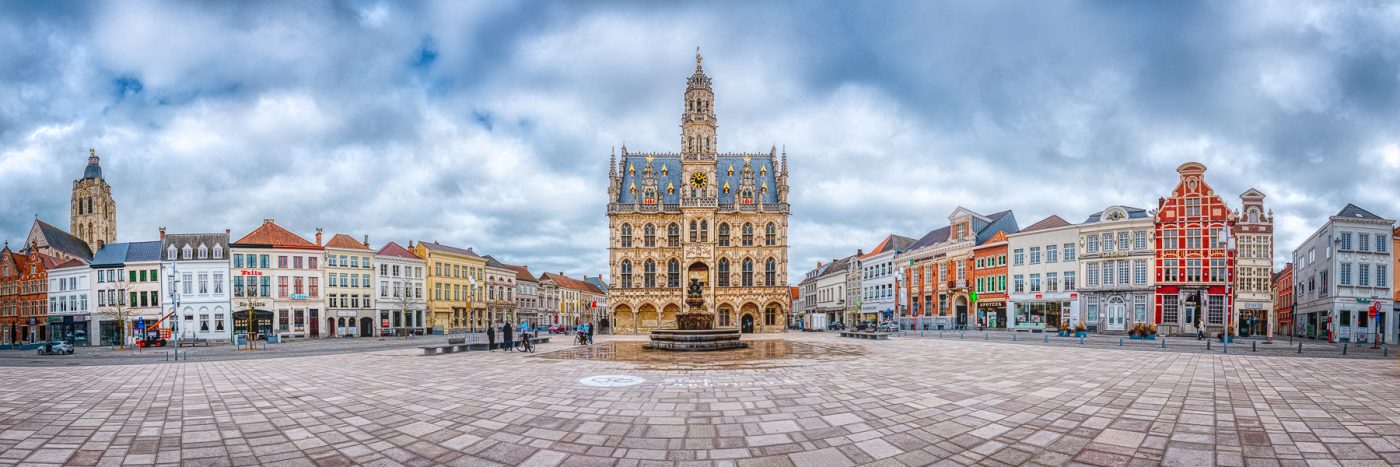About the photo, Style
The Panoramic View
Don’t we all like a good panoramic view? From a hotel room over the city, on a mountain with view over the valley, on top of a skyscraper… That is something the eye loves, but the camera has difficulty with. Haven’t we all heard the phrase ‘but it was so much grander in real life!’ It always is! Isn’t it?
I started shooting panoramas on that particular moment when I wanted to capture the grandness, and from that moment on I was caught with the virus ; the panoramic virus -quite another virus then the one that has been terrorising us for the last 2 years, as this one is actually a fun one!
But what exactly is a panorama?
First of all the crop factor is important, for example 2:1, 3:1, 4:1. But secondly it’s all about the field that is covered in your image. With one photo taken with a wide angle lens, you can get a field of view of about (max) 90°. The human eye can scan up to 160° without turning your head, to give you just an idea. Do you want to cover more than 90° more in 1 image, then you need to take a panoramic shot.
With your phone, or with some point-and-shoot cameras, that is easy ; just turn on the panoramic mode, take the photo and you’re done. With a DSLR it’s slightly different as you need to take several photos and then stitch them together on your computer.
How hard is that?
Well if you shoot a far away landscape it is pretty easy. You can shoot the photos out of your hand. Just try and keep the horizon (quite) straight, move the camera and not your body. The stitching goes automatically on your computer. But the closer the object is, the more straight lines it has (like buildings and city scapes), and the wider your lens (eg. a wide angle lens), the harder it gets. Then the software is getting into trouble, lines are crooked, don’t match or overlap, and strange things happen to your final photo.
That’s where the term ‘complicated’ comes in handy.
Without getting too technical : because of perspective, you need to turn you camera over 1 particular point in order to get all the lines in one photo compatible with the one in the next. That point is called the nodal point (or entrance pupil, no parallax point), and it is the center of perspective. Unfortunately it is not in the center of your camera where you normally connect your camera to your tripod, and you need to get a nodal slide to adjust that. This point is different for every camera, every lens and every focal length, and it takes some time to figure out where that is in your gear.
Secondly you need a tripod with a panoramic head and you need to put it perfectly straight, you connect your camera in portrait mode and off you go, you can start shooting!
Last but not least, you need stitching software. Some are paid, some are free.
But even if your nodal point is correct, your tripod is straight and you have the best software, it is not always possible to get a 100% ‘realistic’ view : once you include over 140° in your image, the horizontal lines, particularly the ones at the side of your image, become curved and nothing can be done about it. That is something particular that you either hate or love. Just like you either love or hate what you can do with a fish-eye lens.

Me, in case you are doubting, I am totally loving it! It is getting me away from the usual, from the postcard views of the cities that are within my driving reach. It challenges me and keeps me more than entertained.
Let me know what you think in the comments below!
My panoramic photos can be ordered either in print or mounted behind acryl, these are unlimited series. If you want other sizes then the ones mentioned in my shop, feel free to contact me. As they are stitched they can be printed very large!!
Here you see the complete series (up to today) of pano’s.
In case you want to get started with panoramic photography, check out this website by photographer Arnaud Frich, here you will find all you need. It is the best site I found!
For those who are in search of their nodal points :
Here are the Nodal Points for the Nikon Z6
with the Nikon AF S 14-24mm f2,8 plus FTZ adapter ring
@14mm 148mm
@16mm 145mm
@18mm 141mm
@20mm 138mm
@24mm 137mm
with the Nikon Z 24-70mm f2,8
@24mm 117mm
@28mm 114mm
@35mm 110mm
@50mm 99mm
@70mm 95mm


